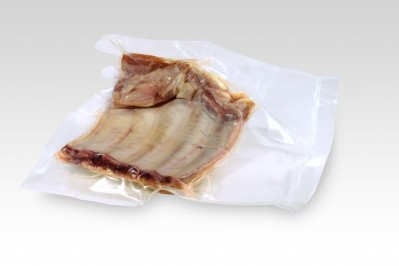Risk assessment call for critical food-contact components

The challenges associated with non-intentionally added substances (NIAS) are of increasing concern to the food industry. Relatively well-understood chemicals can migrate, break down under given conditions, or interact with other compounds in the packaging or food in ways which are not always predictable or safe.
“Of course, it will often be possible to avoid these problems by improving the formulation,” said Dr Monika Toenniessen, product safety manager at Henkel’s Adhesive Technologies division in Germany. But that will not always be the case.
Important
For a food business such as Nestlé, she said, which uses a wide variety of packaging, it would be a formidable challenge to assess the risk from all NIAS. “It’s important to do this job at each stage in the supply chain,” Toenniessen stated. “For a supplier, simply providing a list and not carrying out an appropriate risk assessment makes no sense.”
She added: “We organised our own study on cyclic esters, for example, and concluded that in the final analysis there need be no safety concerns. If everyone did this, it would make life much easier for others in the supply chain.”
The European Commission recommends that risk-assessment should be carried out at the earliest stage possible, she said.
Toenniessen suggested that some smaller adhesive manufacturers might not yet be able to provide their own detailed risk assessments. To a great extent, this depended on the amount of information that could be obtained from suppliers, she said.
Problems
Others have highlighted the problems associated with NIAS. Speaking last year, European director for regulatory affairs at Sealed Air Dario Dainelli said: “The EU regulation 10/2011 on food-contact plastics requires ‘risk assessment’ for NIAS. But what does ‘risk assessment’ mean? How do we decide if the quantity detected of a given molecule is meaningful?”
Both Dainelli and Toenniessen pointed to greater use of data on exposure levels as a possible way forward. The best-known European project focusing on this approach was probably the EU-funded Facet (Flavours, Additives and Food Contact Material Exposure Task).















